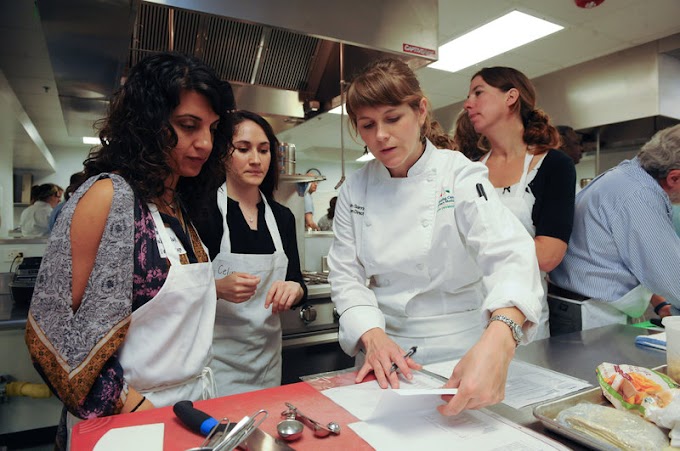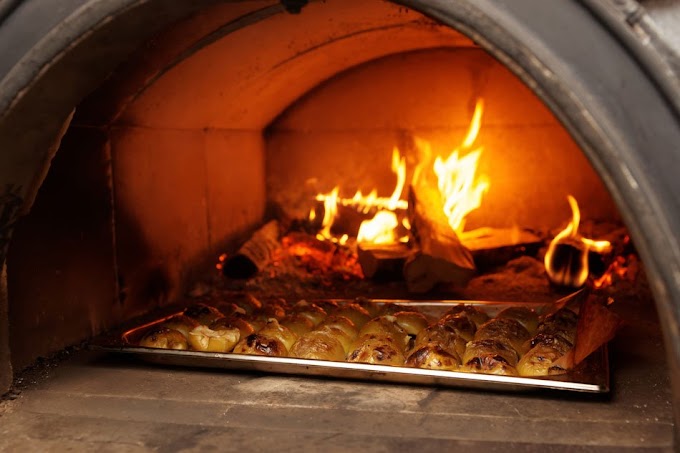How Do You like Your Eggs?
Cooking eggs in an Instant Pot®, like rice, is an individual affair. A casual search of the Internet reveals myriad suggestions, directions, and exhortations about how to cook eggs. Again, most of them are wrong. This is an area that you, as a user of this unique device will have to explore for yourselves.
The most popular technique appears to be the "5-5-5" method. To wit: "Place 6 eggs in a steamer basket or on the trivet, "Pressure Cook" for 5 minutes, then wait 5 minutes, and then cool for 5 minutes in an ice water bath."
However, I find that "8-8-8" works better for me. I start with eggs directly from the refrigerator, and then proceed to cook them, "8 minutes at "Pressure Cook", 8 minutes wait, 8 minutes in an ice bath".
What I haven't had much luck with is the "Steam" approach to hard cooked eggs. In this method, the "Steam" function is used instead of the "Pressure Cook" method. Even at a setting of 12 minutes "Steam", 12 minutes wait, and 12 minutes in an ice water bath does not yield what I would call a hard-cooked, uniformly yellow yolk egg that is easily peeled.
But that's just my preference. Plan to expend at least one carton of eggs, discovering what is your preference and how your new appliance performs.
How Much Can I Cook at Once?
In general, you shouldn't fill the Instant Pot® above the "MAX" line embossed on the liner. However, barring this restriction, there is no hard and fast rule about how much you can cook at once.
There is a technique that allows you to layer such delectables as spare ribs, chicken pieces, ears of corn, and the like.
To add a layer, be sure that you place a square of aluminum foil between the layers. This prevents the food in the layers from sticking to one another, or creating "funny" looking cooking patterns.
My cooker, an IP-DUO60v3, can only handle three large ears of corn in a single layer on the trivet. Similarly, I can only have four chicken drumsticks in a layer. Hover, I have cooked 9 ears of corn all at once by using an aluminum foil separator between layers and rotating the ears of corn between layers.
Similarly, I have cooked 12 drumsticks at once by making three layers, each separated by a square of foil.
What's amazing is that you don't have to add any more water than 1 cup: the cooking is done by steam and pressure, not volume of liquid.
In these two examples, the whole lot of ears of corn were cooked as if they had each been cooked individually, and the piles of chicken drumsticks were falling-off-the-bone tender!
As an aside, I finished them off the drumsticks by browning them on my patio gas grill, and basting them with BBQ sauce while they cooked. The insides were juicy and the outsides, suitably "grilled!"
To Timer or Not to Timer?
As you become more familiar with your Instant Pot® and the recipes that use this wondrous appliance, you'll notice that a surprising number of recipes contain a set of almost stock mandated steps. An example of this, extracted from one of the more well-used recipes, reads, in part:
"Close and lock the lid. Set the vent to "sealing."
Select "Pressure Cook," High pressure, 20 minutes, "Warm" off.
When the display shows "Off", perform the NPR method and wait 10 minutes.
Follow the QR method to release any residual pressure and steam.
Wait until the pressure indicator pin drops down.
Carefully open and remove the lid."
The natural pressure release method, shortened to "NPR", has you wait 10 minutes before proceeding.
You now have a choice.
How do you know when 10 minutes is up?
The obvious answer is, "You set a timer in action, and let it time out. When the time expires, your waiting time is completed."
However, there is a subtle change you can make to the instruction set and let the Instant Pot® tell you when that time has elapsed.
Consider the following set of instructions:
"Close and lock the lid. Set the vent to "sealing."
Select "Pressure Cook," High pressure, 20 minutes, "Warm" on.
Wait until the display shows "L0010."
Then perform the QR method to release any residual pressure and steam.
Wait until the pressure indicator pin drops down.
Carefully open and remove the lid."
A subtle difference. But one in which the "Warm" function serves as your timer.
"But," you'll ask, "Doesn't that mean that for the waiting time, the contents are still heating?"
Yes, and no. While it's true the pressure cooker is technically "on", the temperature the controller is trying to maintain is only 145°F ~ 172°F. That is probably well below what the ingredients were cooked at, and consequently, any more cooking at that low temperature will be virtually nil.
The only down side, as compared to an external countdown timer, is that you'll have to watch the display during the waiting period.




0 Comments